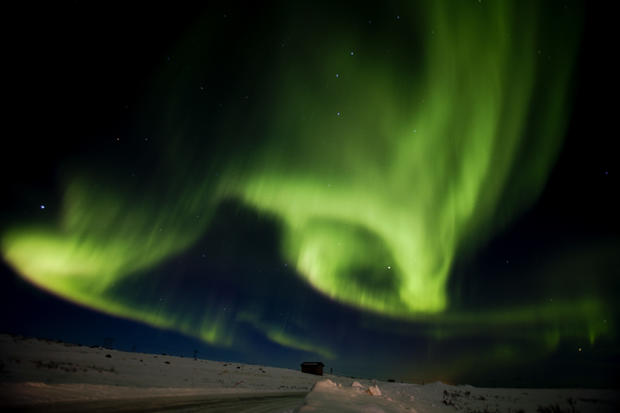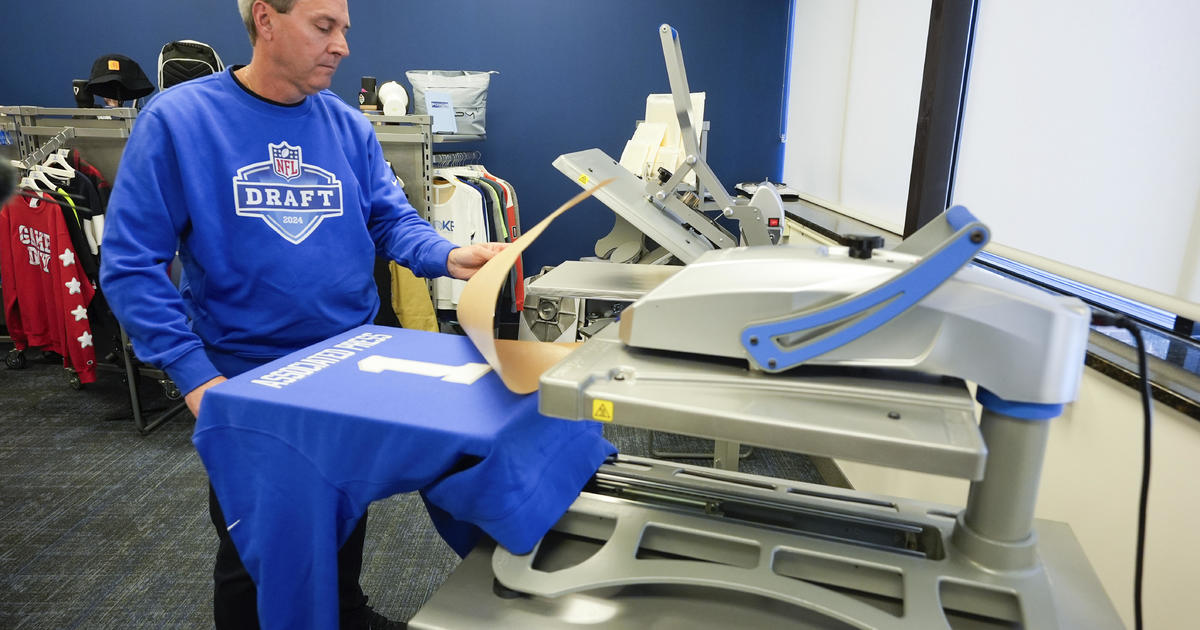Fall 2018: 5 Fun Facts About Autumn
With its crisp air, stunning leaf shows and sunny afternoons that fill college football stadiums across the country, autumn officially arrives Saturday, Sept. 22, 2018. The autumnal equinox officially occurs in the Northern Hemisphere at 9:45 p.m. EDT.
The fall equinox occurs when the sun crosses the celestial equator. The word equinox comes from the Latin words "aequus," which means "equal," and "nox," which means night.
That's led to the perception that everyone worldwide sees the same amount of daylight and nighttime, but it's not the absolute truth.
To be precise, daylight lasts about 8 minutes longer than nighttime on the day of the equinox.
And this year's Harvest Moon —the first full moon after autumn begins — rises on Monday. We're also coming up on the end of Daylight Saving Time, which officially ends on Sunday, Nov. 4, but that's a while off.
Here are five things to know about the equinox:
1. The chance of seeing stunning aurora borealis displays increase after the fall equinox. Both the spring and fall equinoxes are good aurora seasons, NASA says, but autumn produces a surplus of geomagnetic storms — almost twice the annual average.
2. No matter where you are in the world, the sun will rise due east and set due west during the fall equinox (the same thing happens during the spring equinox). For the directionally challenged, it's a good time for a reset. Go outside around sunset or sunrise, find a landmark and mark the sun's location in relation to it.
3. You can stand an egg on one end during the fall equinox, but it has nothing to do with the changing of the season. "The Bad Astronomer" Phil Plait compares the egg-standing myth to "an extremely contagious virus." Plait, an American astronomer, skeptic, writer and popular science blogger, says the reason eggs can be balanced on one end most likely has to do with tiny bumps on the end of the shell that "act like little legs holding the egg up."
Click here to continue.






